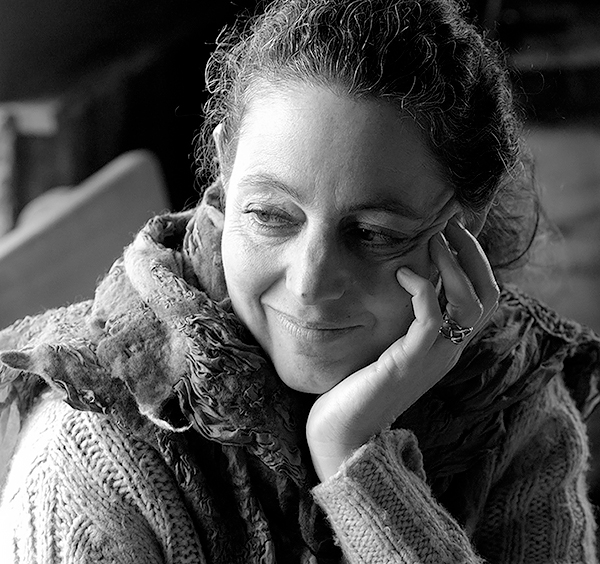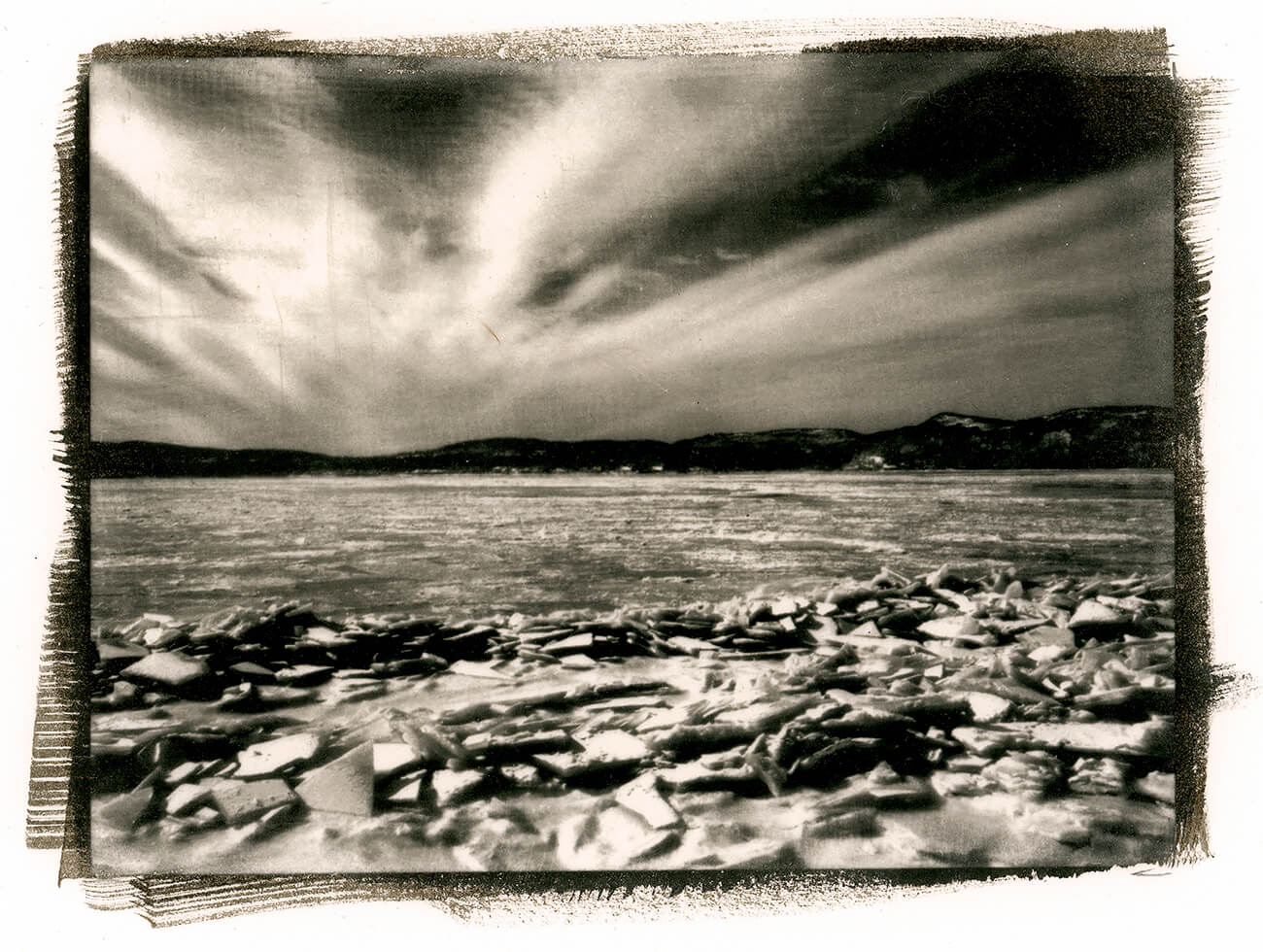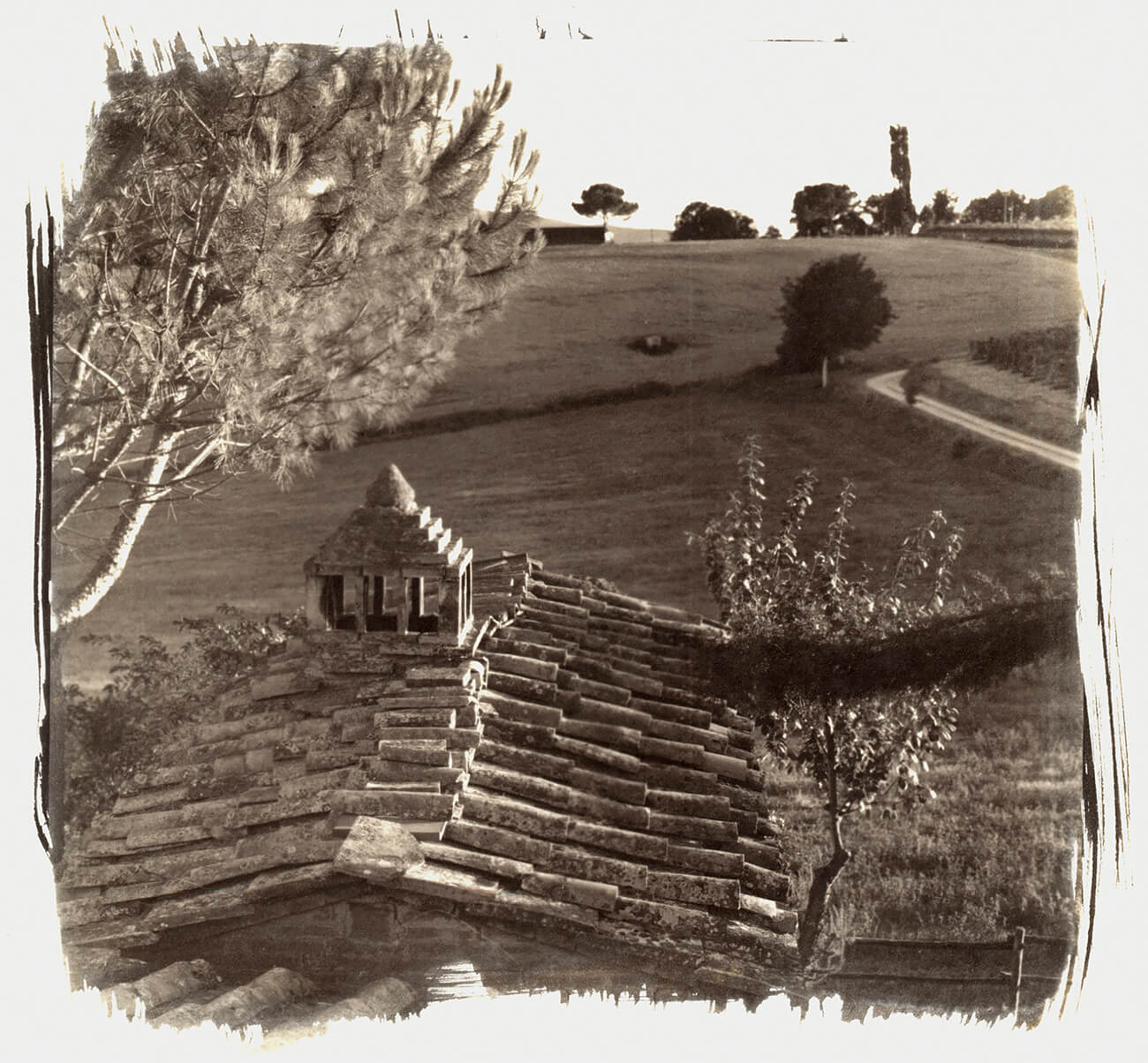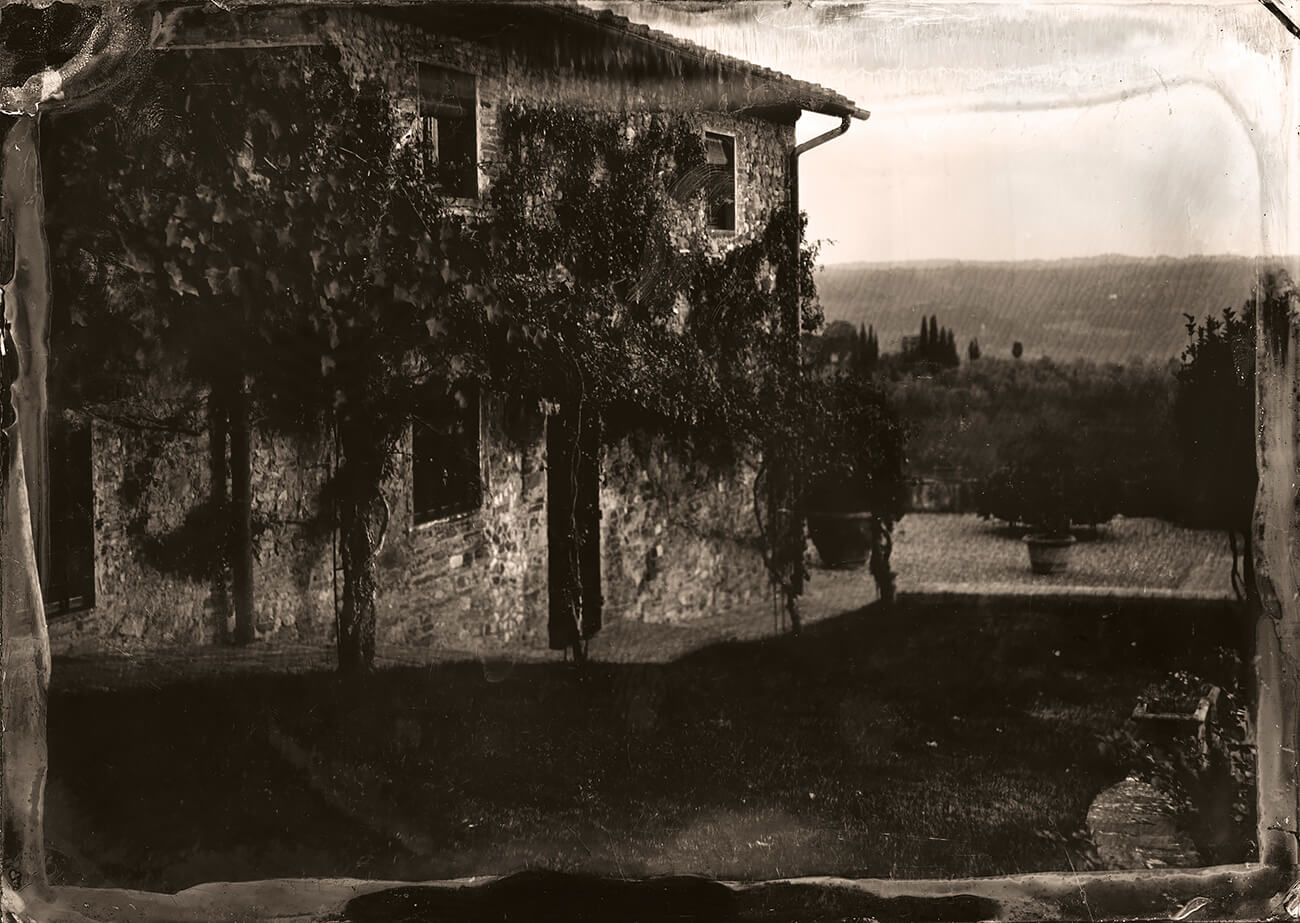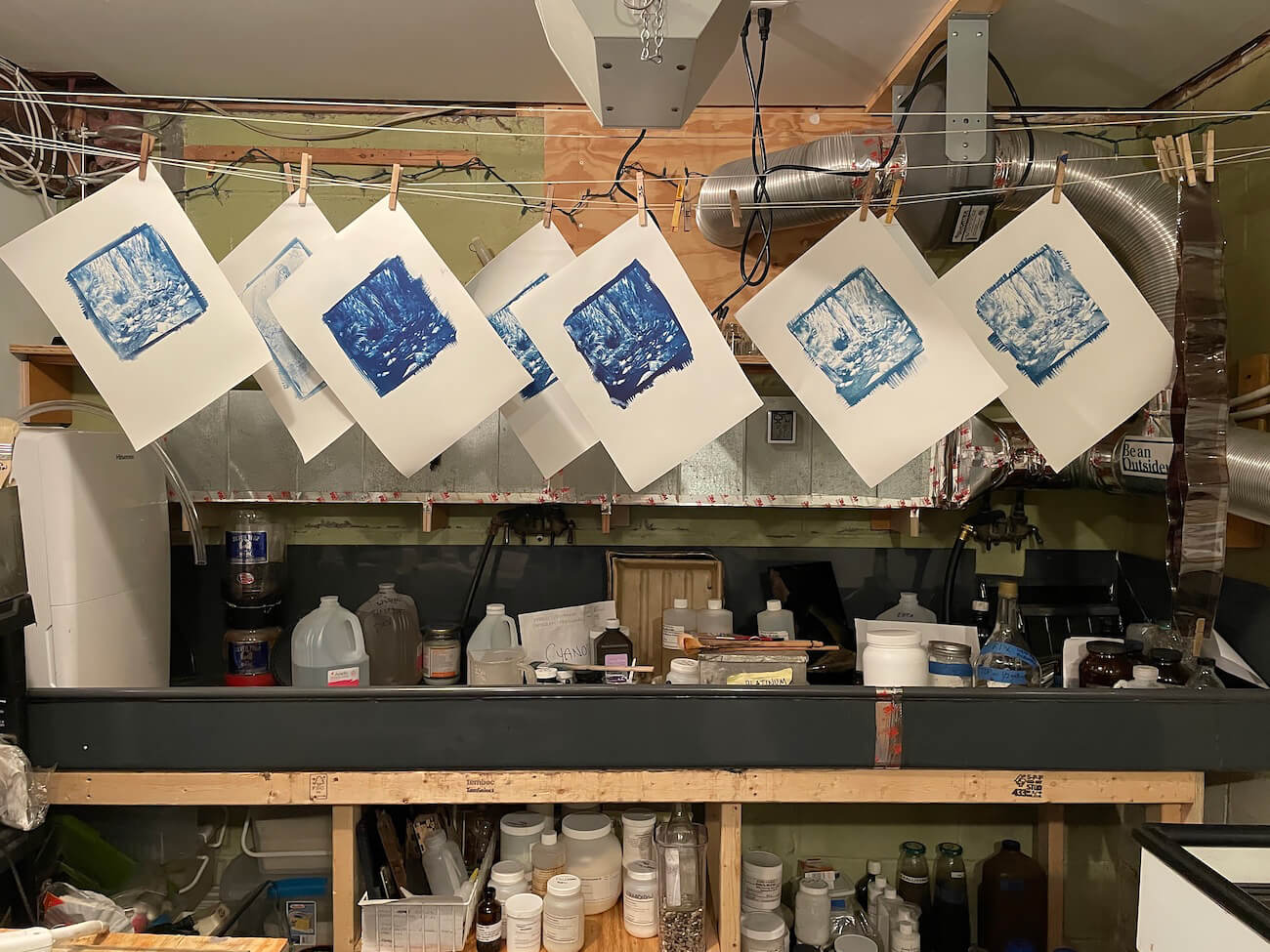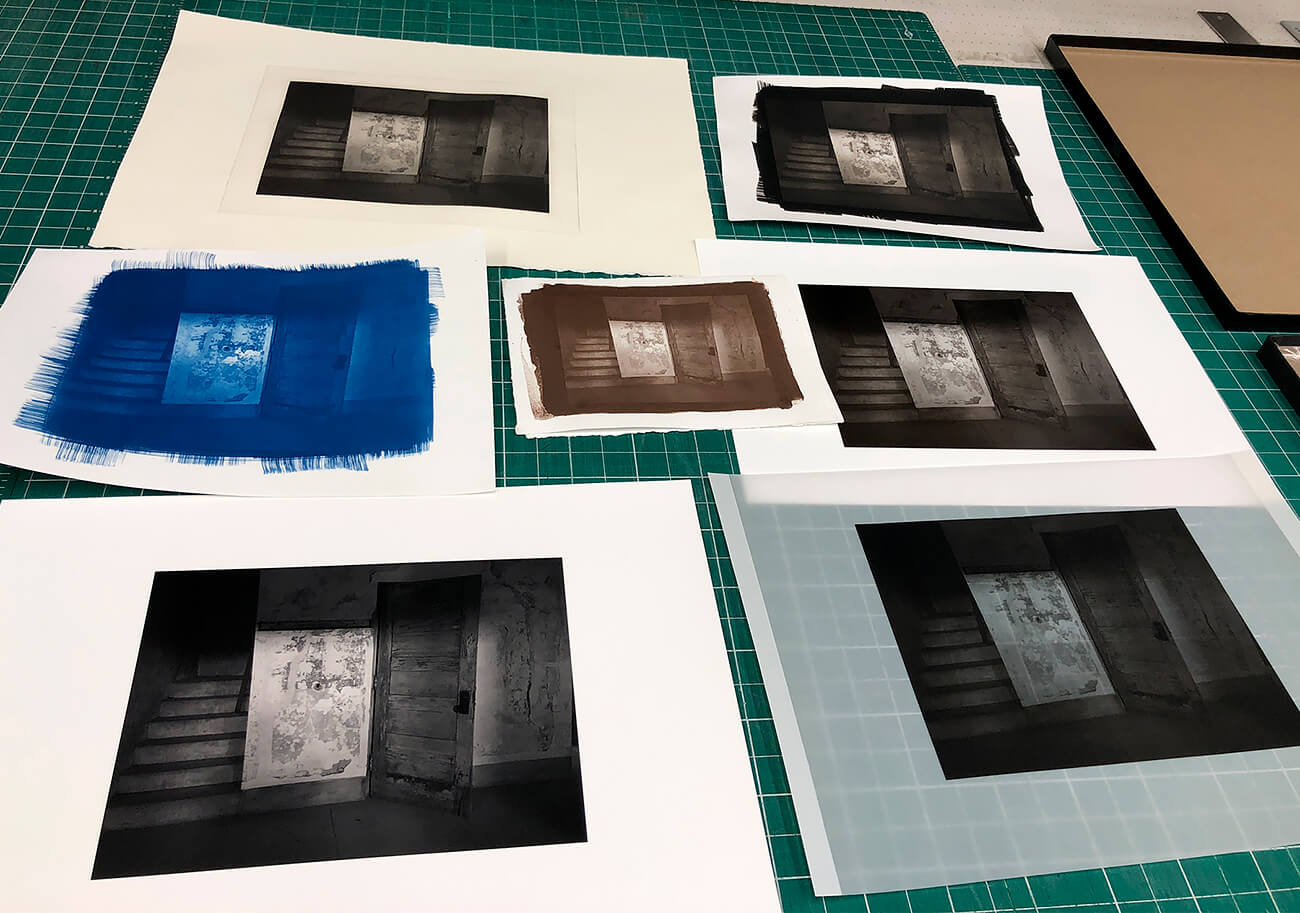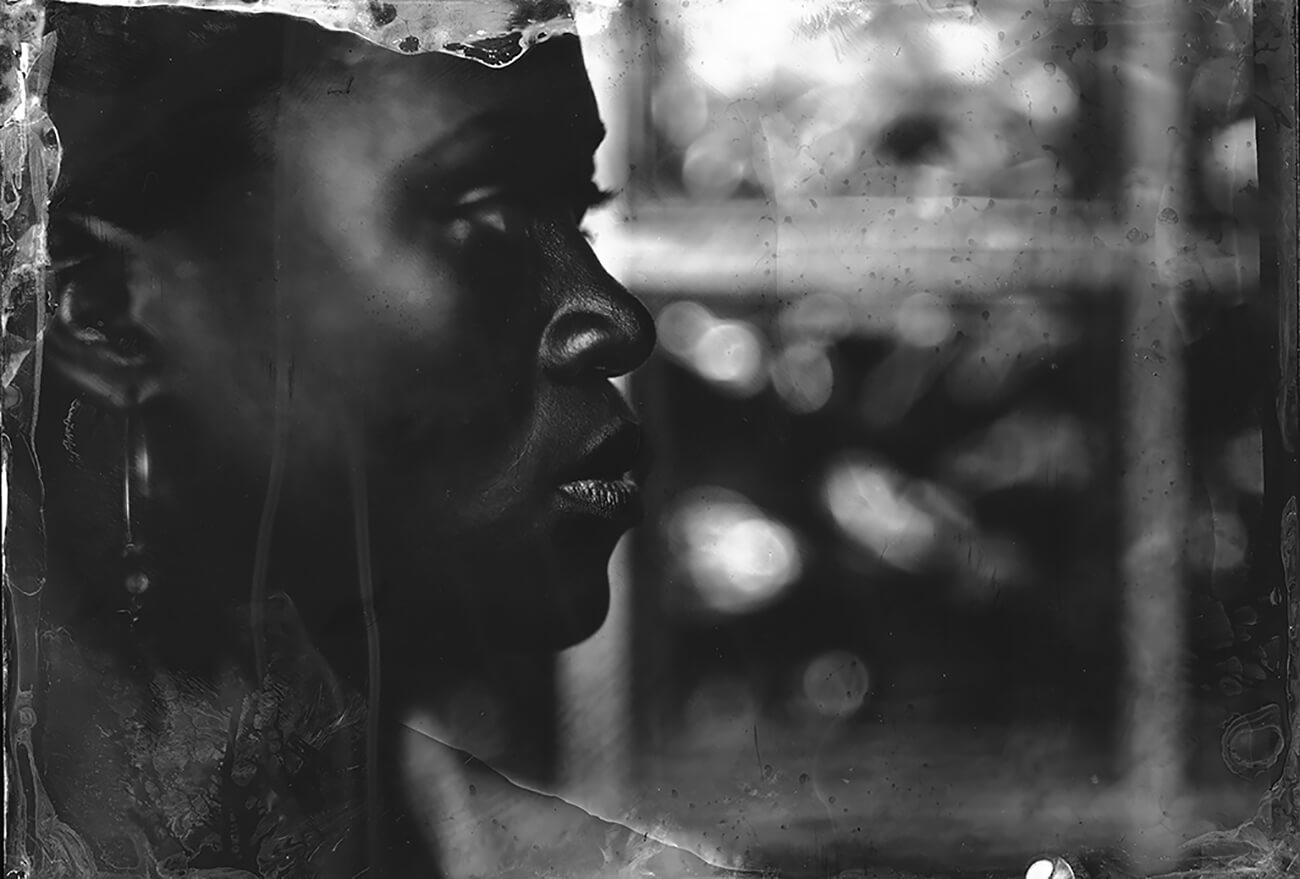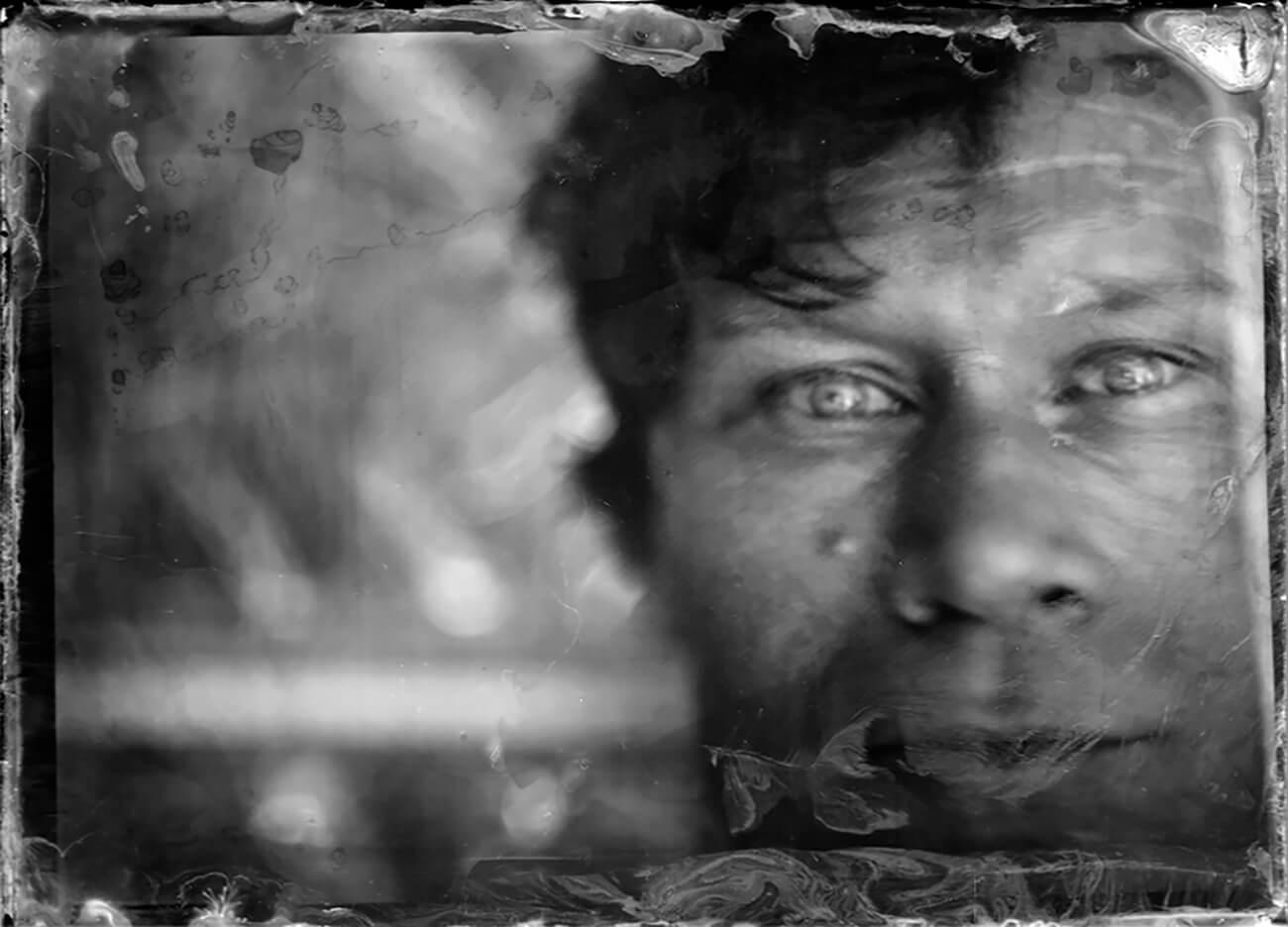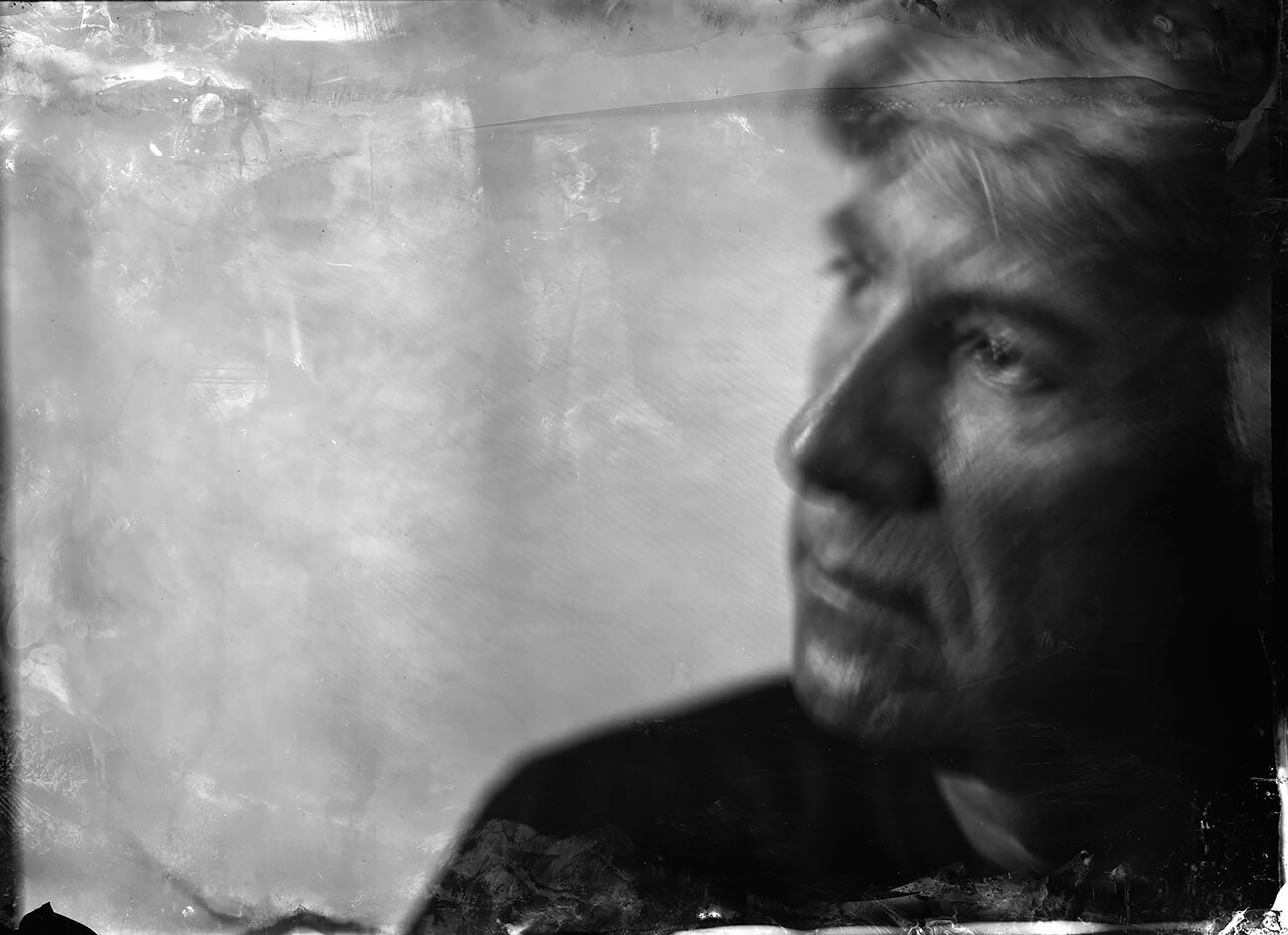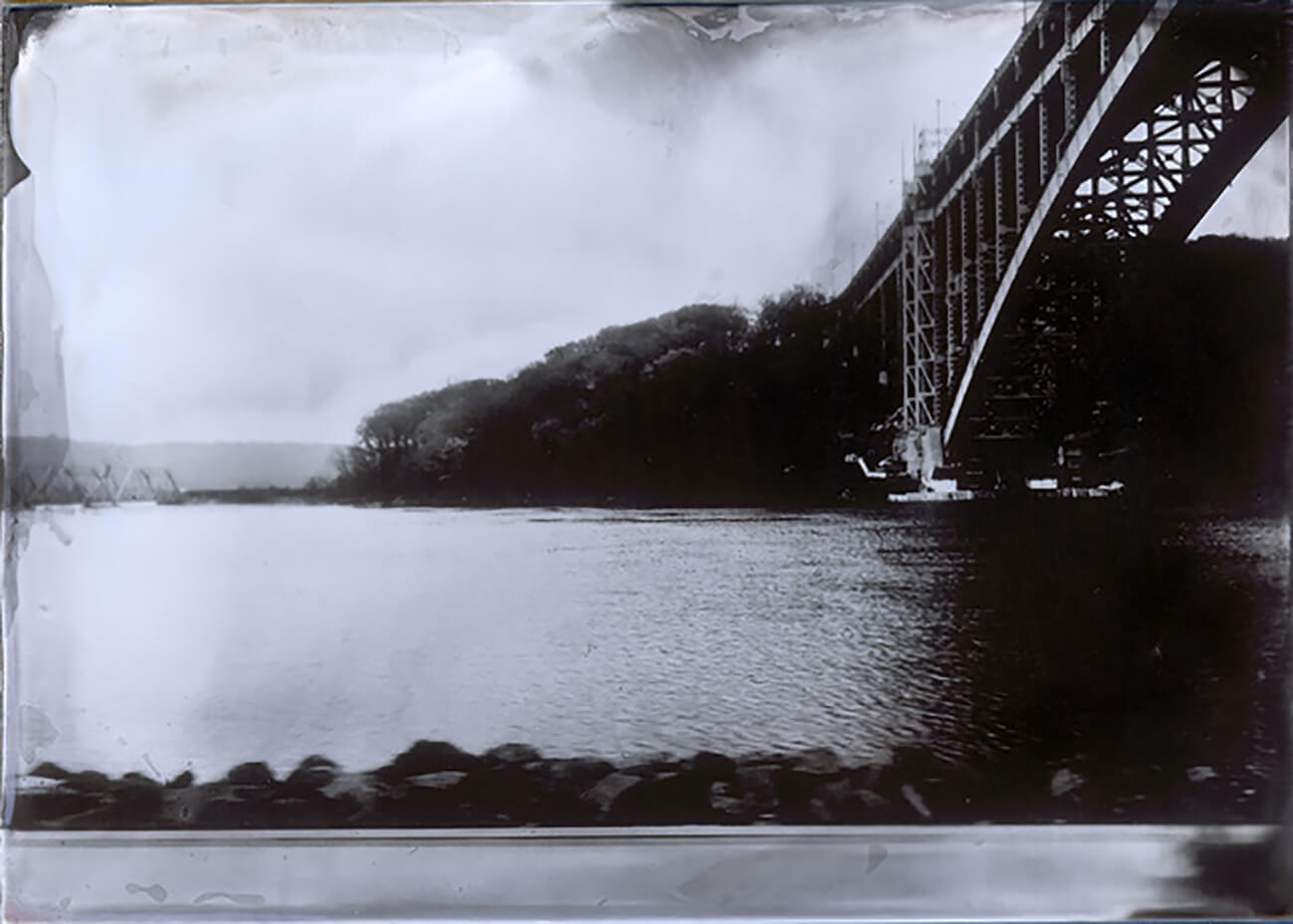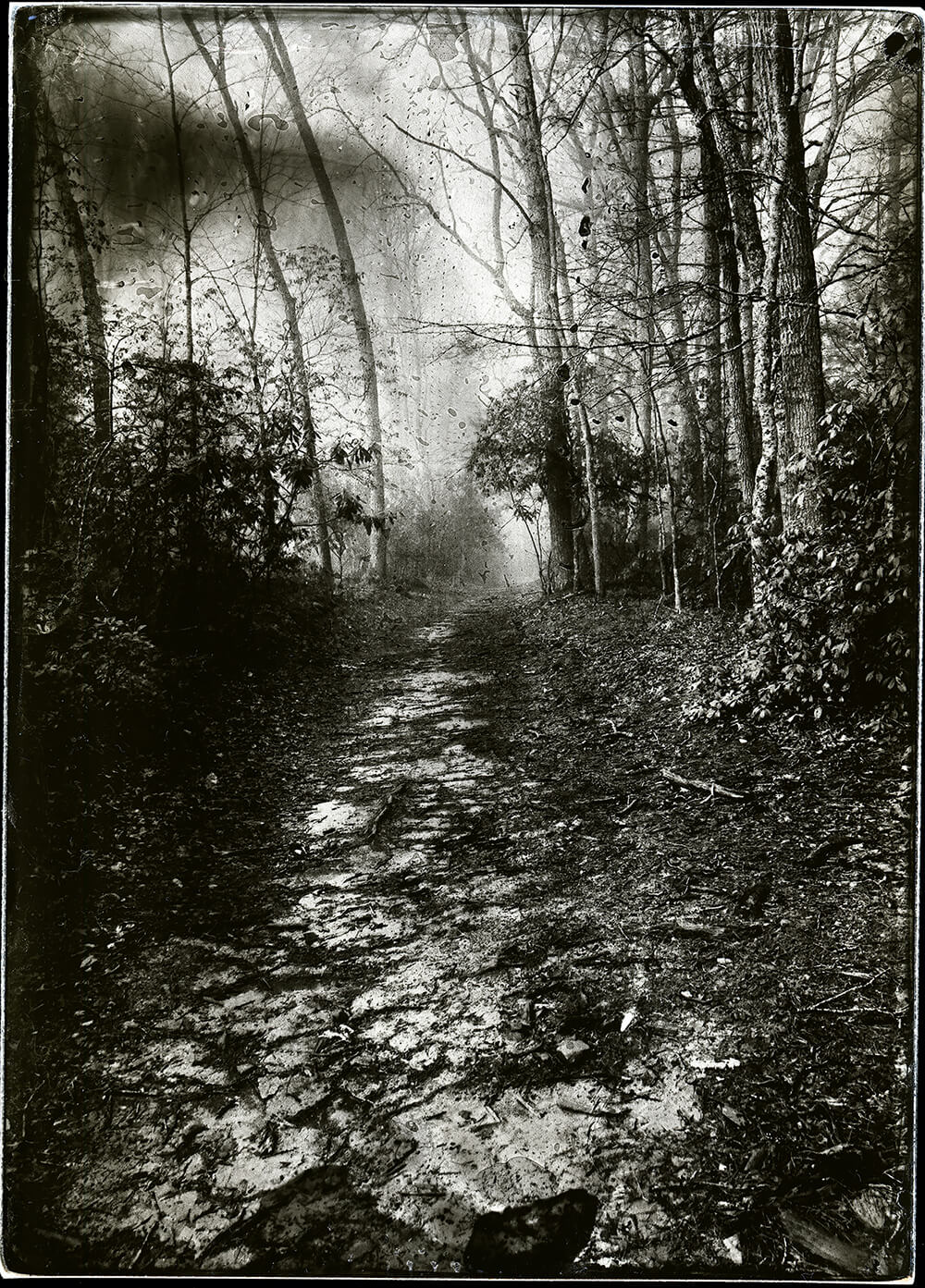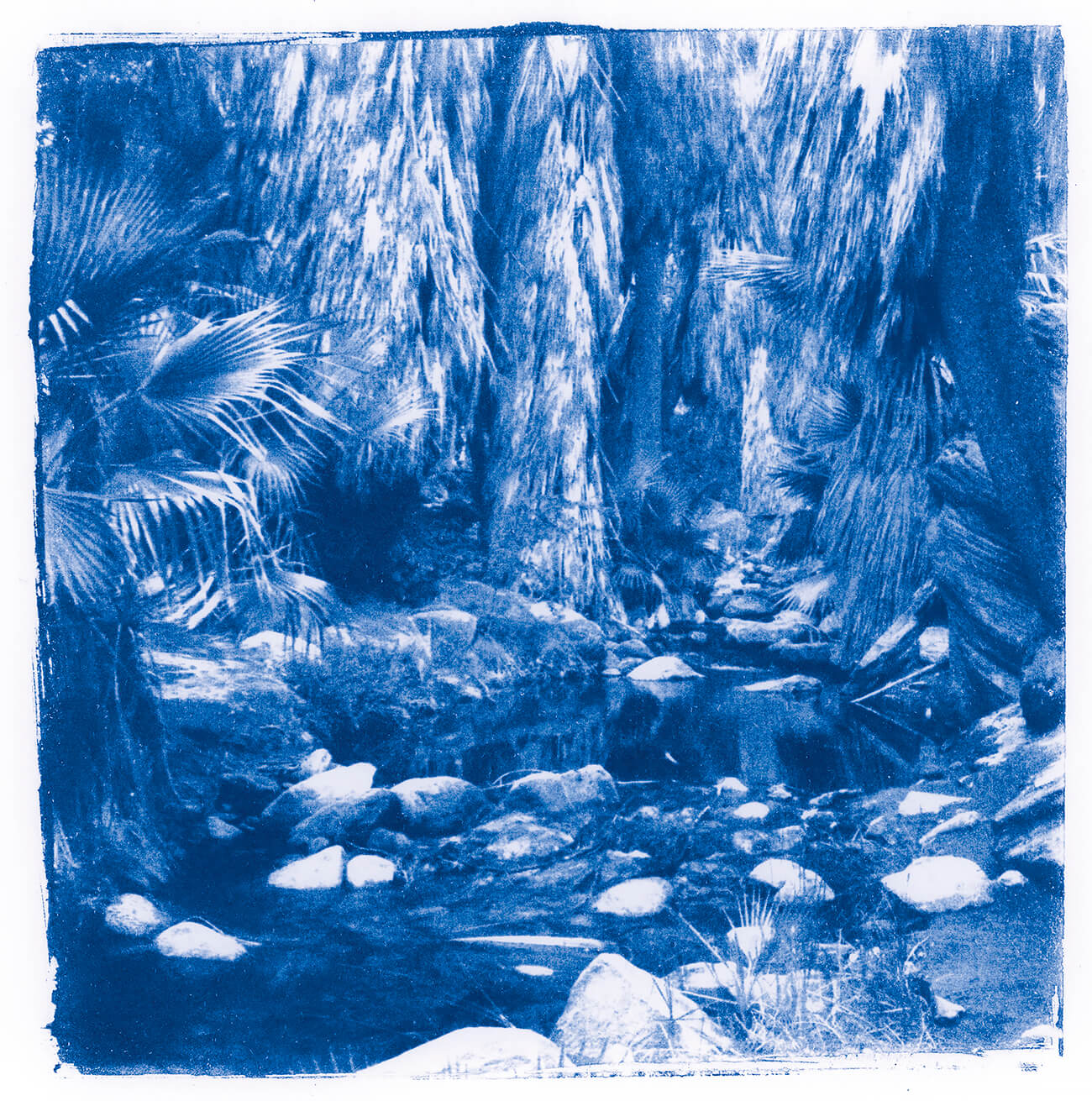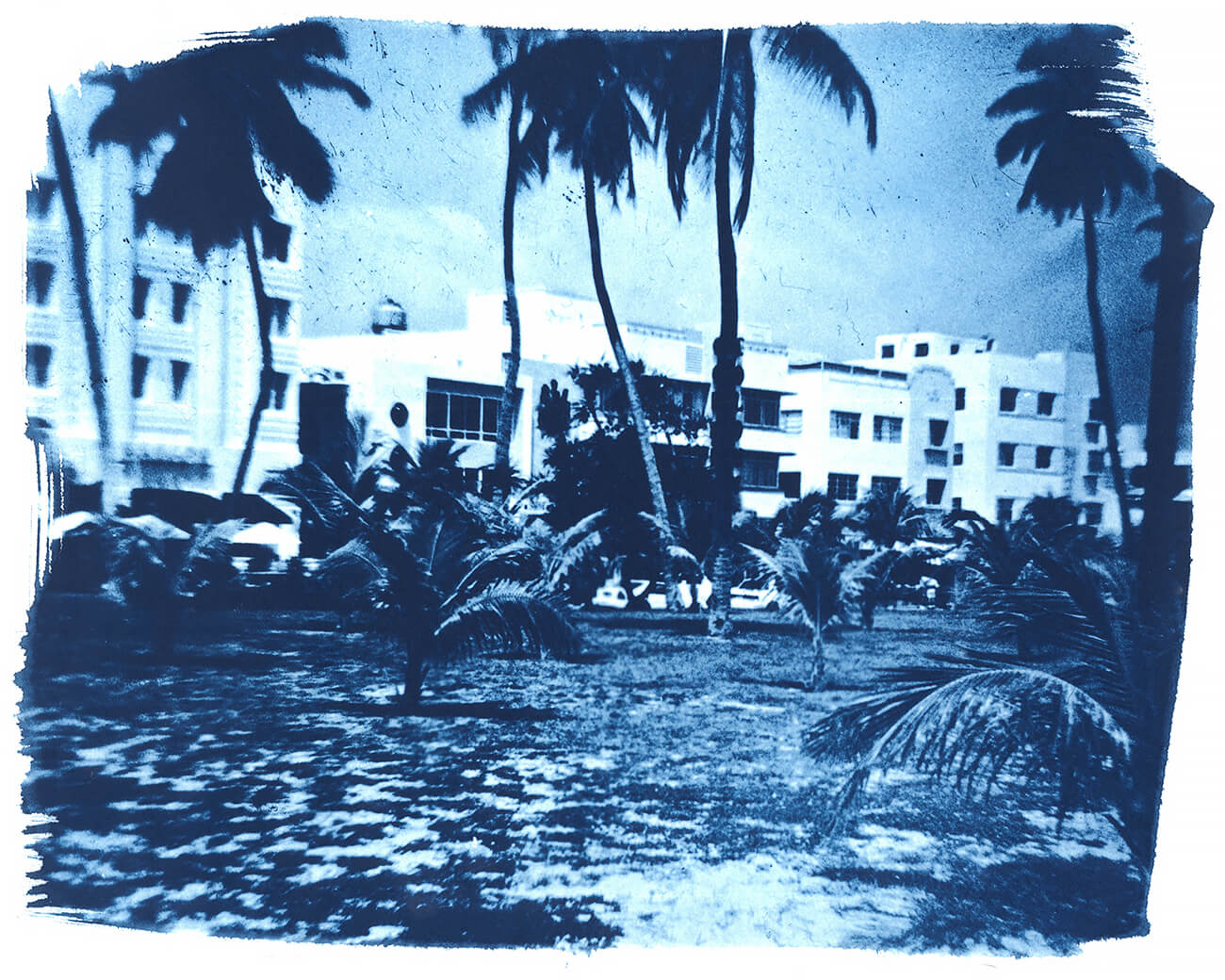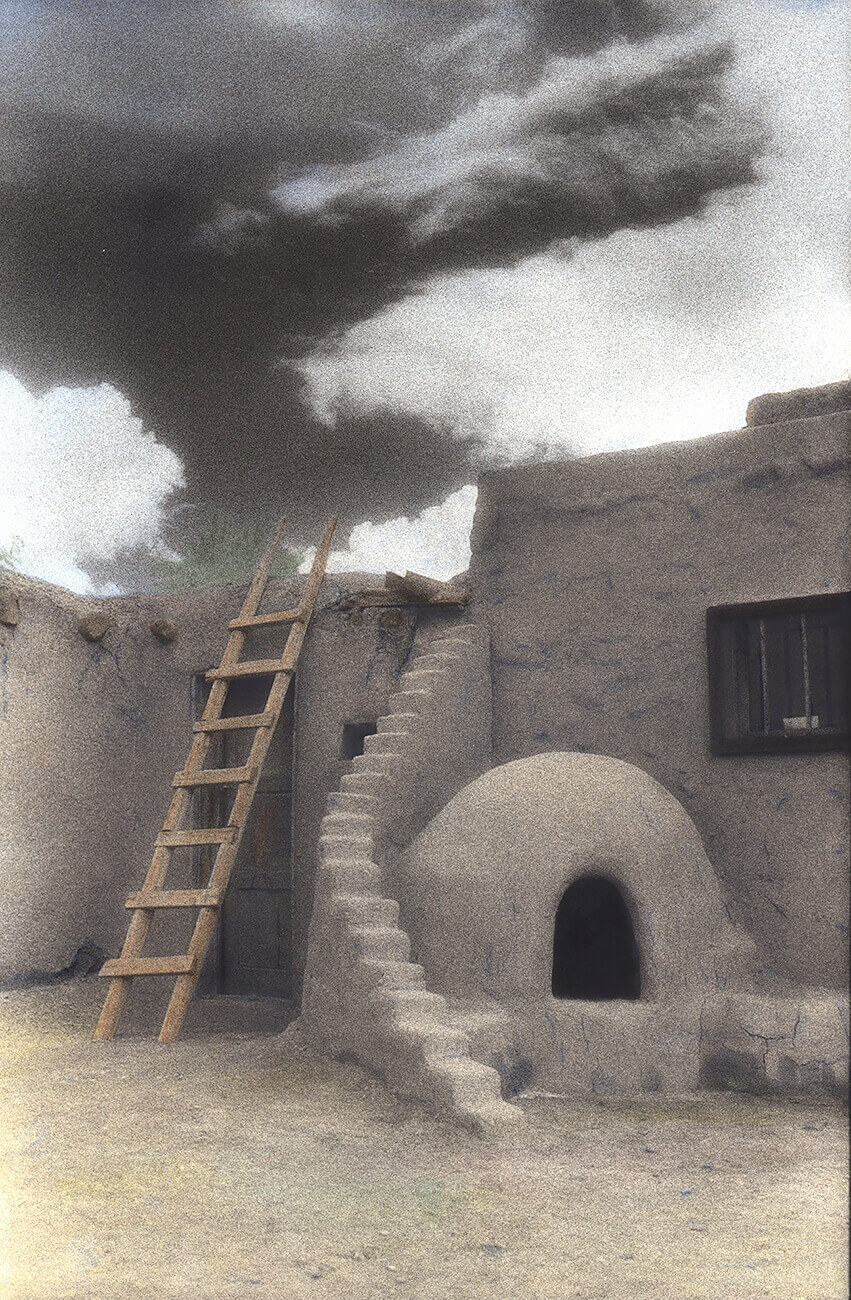Alternative photography pioneer
Jill Enfield comes from a long line of photographers dating back to 1875 -the date when her ancestors opened up gift stores in Germany where they sold cameras and other technical equipment. In 1939, after fleeing Nazi Germany, her family opened the first camera store in Miami Beach, where as a child, Jill roamed the aisles. It is easy to imagine that she grew up always having a camera in her hands. With photography imprinted in her DNA, her career path seemed inevitable.
In fact, it is hard to mention an area of photography where she has not excelled and garnered recognition: commercial photography, fine art photography, analog photography, alternative process photography and photography educator. She has had solo exhibitions in Europe, Asia, South America and across the United States, and she has taught for more than 20 years at the prestigious
Parsons School of Design/The New School in New York City.
The second edition of her book published by Focal Press,
Jill Enfield's Guide to Photographic Alternative Processes: Popular Historical and Contemporary Techniques, was released in March. It is an essential reference book for anyone interested in the wide spectrum of alternative photography. The book was born out of her dedication to and passion for teaching.
Jill is the rare person who possesses an immense wealth of knowledge and is thrilled to share that knowledge with those who seek to learn from her. I have had the great pleasure of working with her to improve my own alternative process printing. I was very pleased that she agreed to be interviewed for this article.
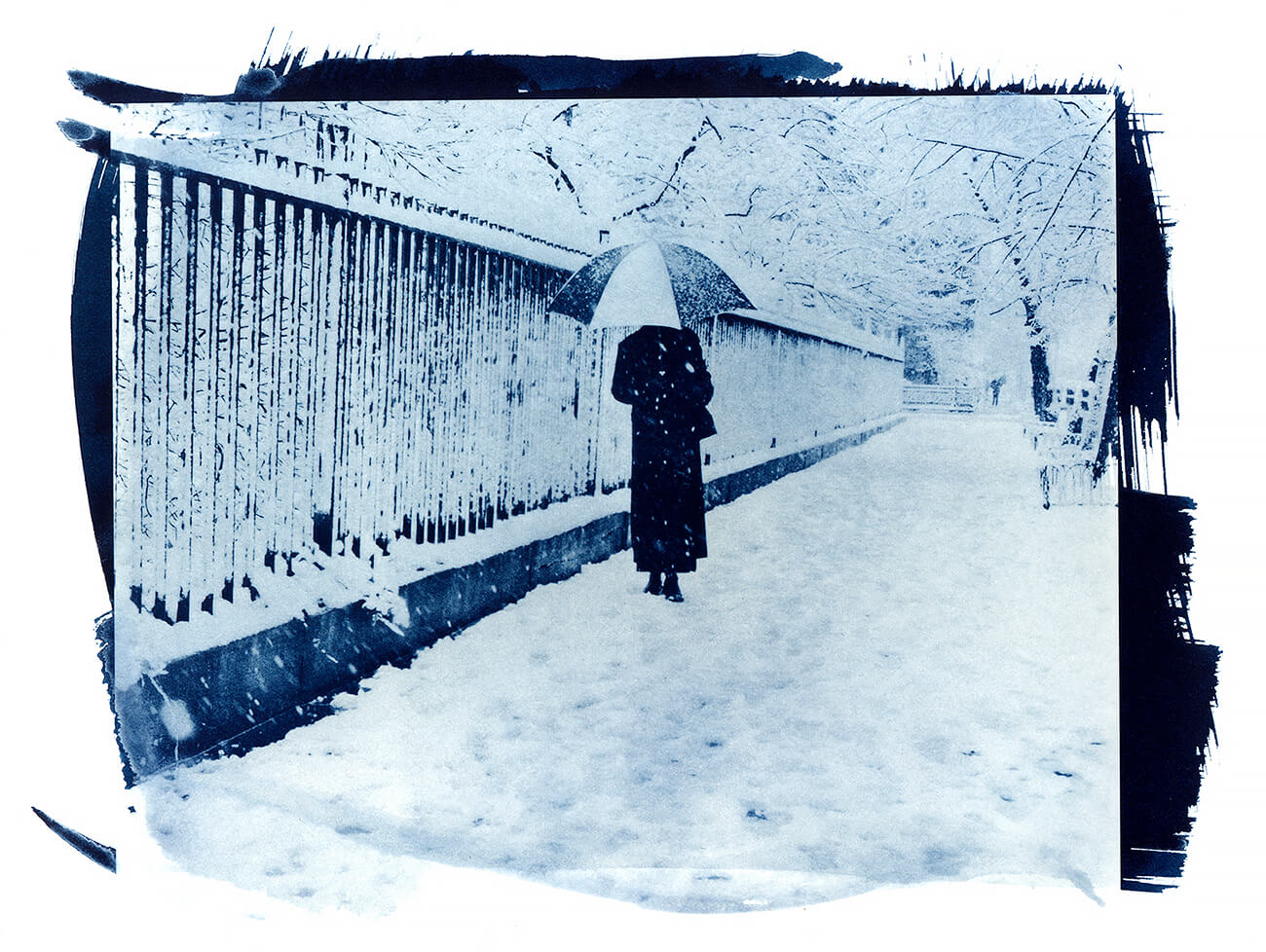
Gamercy Park © Jill Enfield
My grandfather, father and uncle had the first camera store on Miami Beach. Therefore, I've always had a camera in my hands. In fact, on my website there's a picture of me at 4 years old with a camera behind me. And then there's another one of me on top of a car with a camera. I've always had cameras.
But I never thought that I would do anything professionally with photography until I was in college. Initially, I wasn't happy in school because I didn't find the classes I was taking very interesting. And then in between my freshman and sophomore years, I went on a trip to Europe with my sister and a couple of friends, and I started taking pictures. I came alive and thought, maybe I can do something with this.
At that time, there weren't many college photography programs. But there were workshops. I decided to drop out of college and went to a workshop at a place called the Center of the Eye, which became the Sun Valley School for the Arts and Humanities.
There, I started taking classes and learned how to work in the darkroom. After that, I went to the Visual Studies Workshop in Rochester for a year. Most students were there getting their master's degrees. I was a young kid, but I was not that far behind in my photographic education and abilities.
I stayed there for a year, but I didn't really know what I was going to do. I ended up moving home to help my mom, who was sick. I had the opportunity to become a medical photographer, which allowed me to make a living and continue to improve my technical abilities.
Did you end up going back to college?
Yes. I moved to New York and enrolled at NYU, where I earned my Bachelor of Fine Arts degree. After college, I started doing commercial work and was teaching.
When did you first discover alternative photography?
When I was at the Visual Studies Workshop, we were exposed to many types of historical techniques, which we now refer to as alternative processes. We learned to work with those photographic techniques and develop a sensibility for those processes, how to use them expressively. At NYU, I took an alternative process class and was able to get more deeply into it. Eventually, Ben Fernandez, who was the head of Parsons School of Design/The New School photo department, asked me if I would teach an alternative process class, which I did. That was in 1988 or '89.
To prepare for teaching in the fall, I spent the summer working with Paul Owens, who was my teacher at NYU. He mentored me about how to teach and put the class together. When I started teaching alternative photography, I wasn't using those techniques in my own work. Once the class got underway and I started to see all the interesting work my students were doing, I decided to really delve into it.
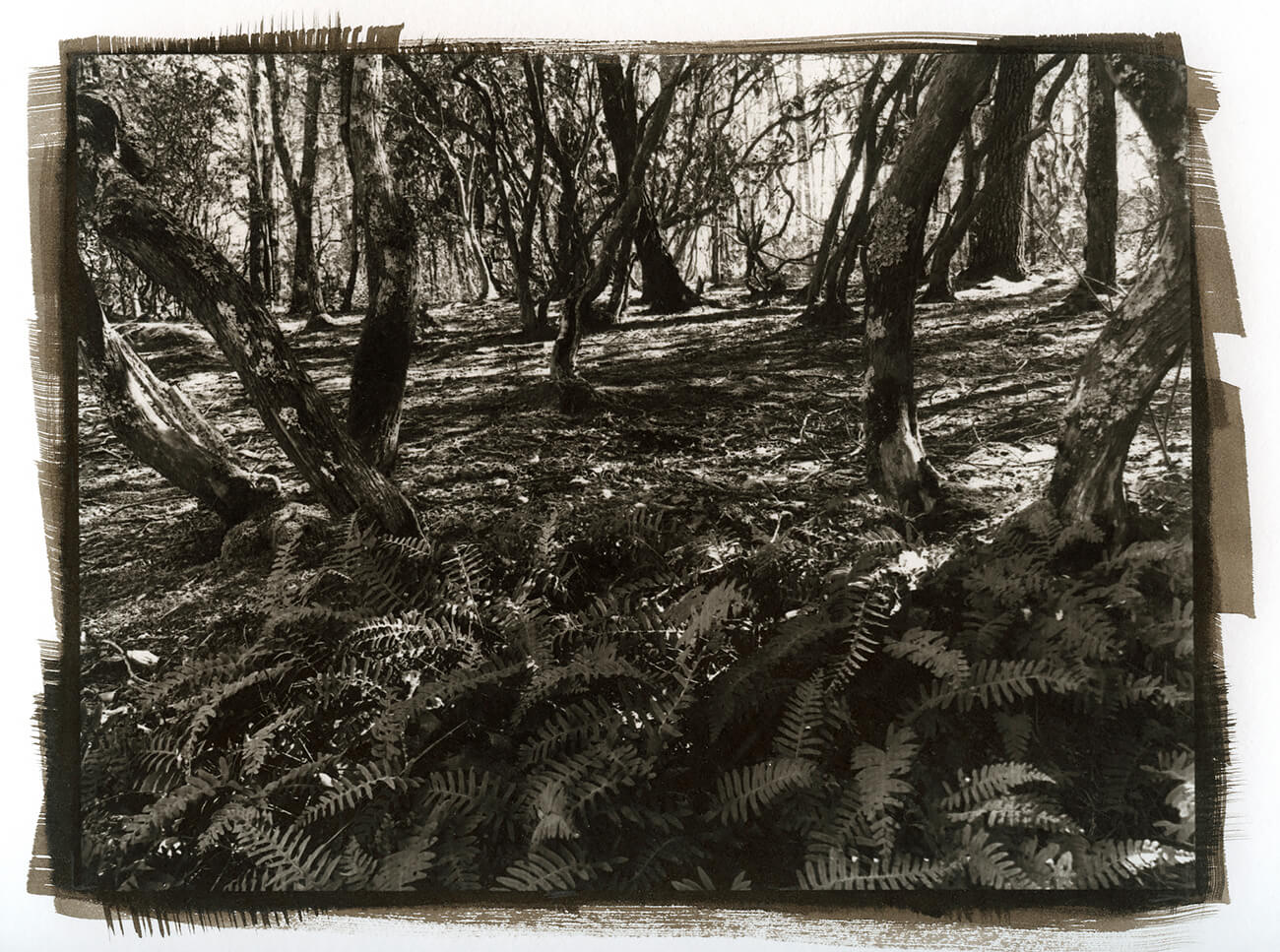
Penland Ferns © Jill Enfield
Amazing things happen when you teach. You learn so much from your students. I've been inspired by them in so many ways. I find it exciting to see what other people are doing and to learn from them. My students have been a big source of inspiration.
I especially like teaching workshops because I get to work with people intensely over a short period of time. You see the students rapidly gain new technical skills and grow artistically. I feel that what we can accomplish in a weeklong workshop is often more than what students do in an entire semester of college. For me, it's very invigorating. I find that I come home from teaching a workshop with my head spinning with ideas.
You've had quite a long run with Parsons School of Design/The New School.
Yes. I've taught at The New School for more than 20 years. I typically teach four classes a year. Since I've been there, I've seen interest shift from darkroom and alternative processes to digital, and now there's a big resurgence in interest in alternative photography again. When I teach digital photography-which I have for over a decade-I often blend digital techniques with alternative process techniques.
What do you think has caused the resurgence in interest in alternative photography?
I think people are wanting more out of the creative process than pushing a button and then manipulating an image with software. People respond to a hands-on, tactile work process. They respond to the magic of seeing images appear on paper during the development process. And they love the handmade look of these types of prints. Every image is different. Even if you're making multiple cyanotype prints from the same negative, each print is going to be unique, each one will look a little different depending on the way you coated the paper, used a slightly different exposure time, or added an acidifying agent to the rinse water.
Being at the confluence of digital technologies and antiquarian print processes makes it an exciting time to be a photographer.
Exactly. At first, with digital photography people found it exciting to be able to see images immediately. Now, people want to slow down and take their time. They want to craft an image. They have gotten over the immediate gratification rush that you get with digital technology and are more deliberate and patient in the quest to realize in print what they see in their mind's eye.
Today, I don't think there's any reason for someone to say, "I just do digital," or, "I just do film or alt process." Once you learn how to control an alternative process technique and use it to express your unique vision, you have so many more options. It's exciting. And it really changes the way you look at photographing things.
Let's talk about the development of your book - Jill Enfield's Guide to Photographic Alternative Processes: Popular Historical and Contemporary Techniques. Would it be fair to say your book was an outpouring of your love of teaching?
Absolutely. When I was at NYU, I took copious detailed notes on how to do all the processes I was teaching. And that's how I learned and developed the curriculum for my classes. I tried to find books that would help my students, but at the time there wasn't anything suitable that they could learn from. Because of this, I was motivated to write notes and share them with my students. The response from students was very positive. One day, my husband said, "Why don't you put your notes, which are really chapters, together in a book?" And that's what got me started developing a book that was intended for visual learners. My goal was to write a book on all these detailed processes that was easy to follow.
And how long did it take to develop that book?
The first [edition] took about four years to put together. The second printing by Focal Press took another four years because it included reproductions of other people's work. Editing the images for that release was as difficult as the writing. The latest edition, which is the second by Focal, was released in March, just in time for the pandemic!
Speaking of the pandemic, how have you adapted from teaching in the classroom to teaching online?
Since COVID has made in-person classes unadvisable, I've been teaching several online workshops. My first student and I agreed we were going to be guinea pigs for each other. The workshop was on liquid emulsion tintypes, which are modern-day tintypes. I approached teaching the workshop like what you see on a cooking show. I prepared everything in advance so I could show my setup and how I organized things. Once we were online using Zoom, I had everything ready to demonstrate for each step of the process. Liquid emulsion is labor intensive; you have to heat up the emulsion and then you have to coat it and then you have to wait for it to dry.
I would show how to do something and then we would sign off Zoom and then reconvene once the student had completed a process. The screen sharing feature of Zoom is very helpful. I can review a scanned print image or a digital negative with someone and make markups on the screen that indicate specific edits or adjustments. The process has worked quite well so far. I look forward to doing more online workshops with people.
Next, I'm doing an albumen workshop with somebody who had signed up for my class at the Photographers Formulary in Montana. Because of COVID, that workshop was cancelled. As a part of the workshop, I've helped that student get her darkroom set up and organized.
Do you teach online workshops on alternative photography for small groups?
Yes. I've done several workshops for small groups. During my planning, I organize sessions starting with lectures on topics like creating and adjusting a digital negative, selecting different types of art paper for printing, and how to organize a home dim room. With each small group, I still like to have one-on-one time with each student.
Where can people go to find out more about your online alternative photography workshops?
On my website. There's a page called
On-going Workshops. You'll find a range of alternative photography workshops offered there. I have also been doing on line workshops privately and with
NORDphotography
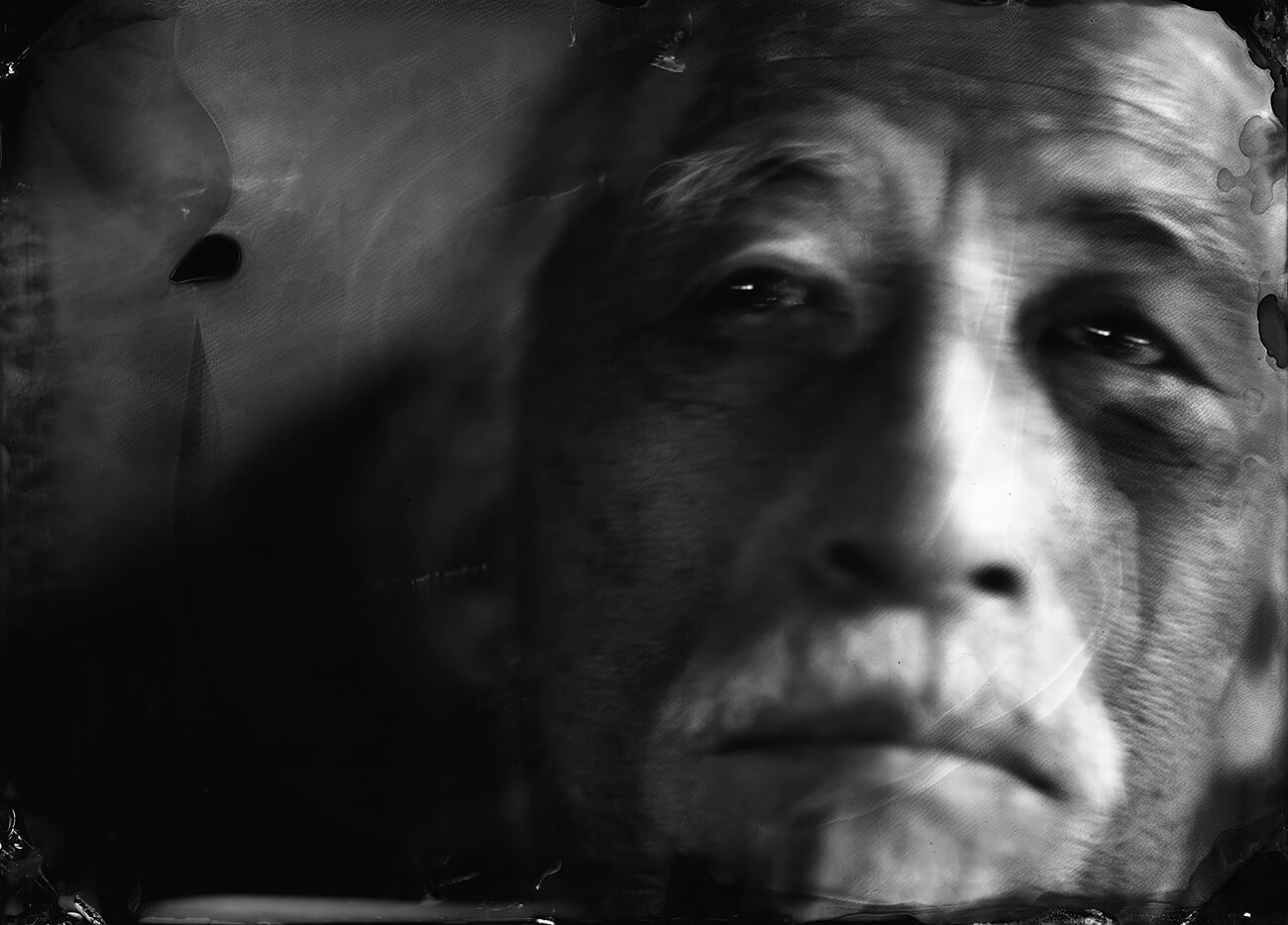
Koichiro Kurita © Jill Enfield
Jill Enfield is an award-winning photographer, educator and author whose work is collected by museums and institutions in Europe, South America, and throughout the United States. For more than 20 years, Jill has been an instructor at the prestigious Parsons School of Design/New School in New York City. She has also taught annual workshops at Maine Media Workshop; Nord Photography-Inderøy, Norway; Palm Beach Photographic Workshops; Rhode Island School of Design; and the Penland School of Crafts.
www.jillenfield.com
About Jon Wollenhaupt
For more than 20 years I have been dedicated to photography and fine art printmaking. During this span of time, I have I provided photography services to corporations, and news and media outlets. My work has been published by organizations as diverse as CNN News, the San Francisco Chronicle, KQED Northern California Public Media, and various industry publications.
My work has documented and captured important media events, news stories, speaking engagements, and corporate and community events. Since 2010, my sole focus is on fine art photograph. My work has been exhibited nationally and internationally. I have a degree in fine art from Grossmont College and further studies in studio arts at San Francisco State University. I have continued developing my photography and printing skills by taking workshops with renowned experts including Cotton Miller, Jill Enfield, and Seth Dickerman.
jonwollenhauptphotography.com
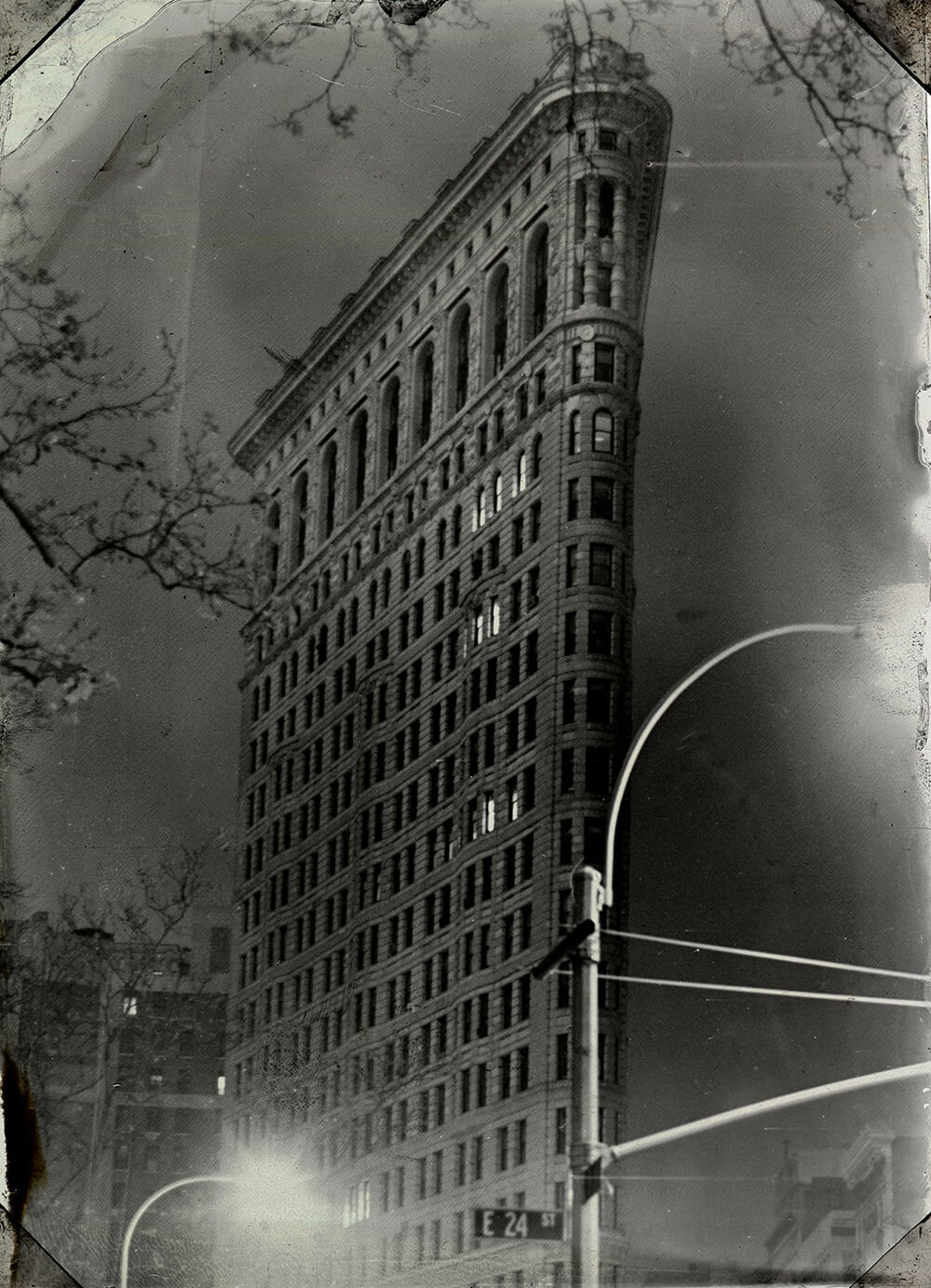
Flat Iron Builing © Jill Enfield
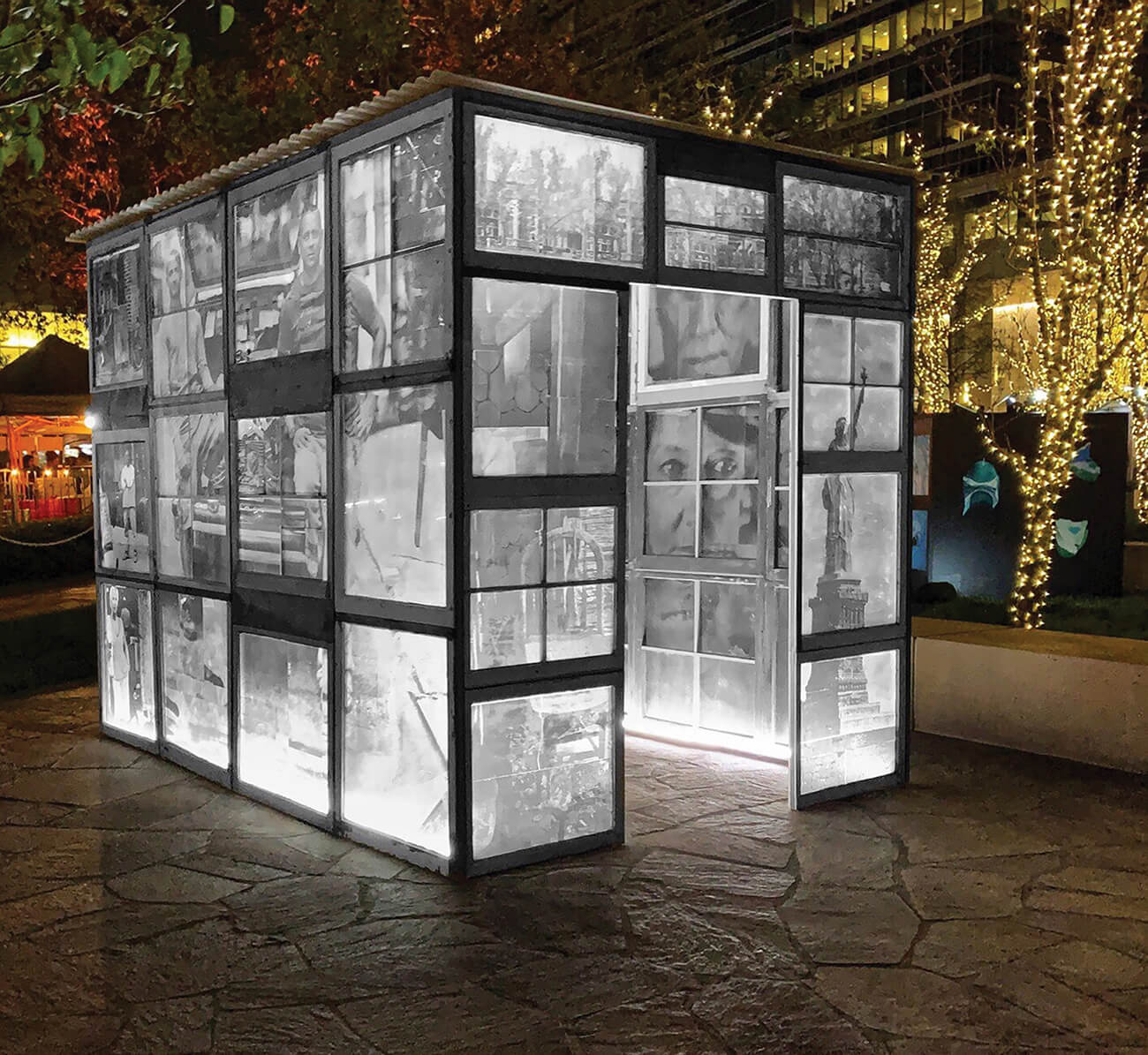
Enfield Glass House © Jill Enfield
